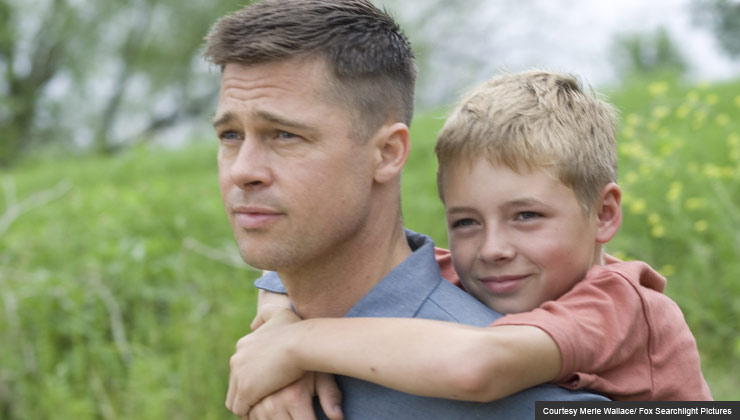Staying Fit


⭐☆☆☆☆
Directed by Terrence Malick
Rated PG-13, Runtime: 138 mins.
Stars: Brad Pitt, Sean Penn and Jessica Chastain
The celebrated director Terrence Malick, sometimes referred to as the J.D. Salinger of the film world for his reclusiveness, is notorious for over-thinking and relentlessly editing his films. At 67, his body of work as a director includes just five movies, and his most recent, The Tree of Life, comes out six years after his previous one, The New World. Perhaps he should have taken less time. An art film to the nth degree, The Tree of Life is bound to incite impatience in moviegoers as early as 30 minutes into its two-hours-and-20-minute duration. Sadder still is that those who sit through its entirety will not be rewarded by discovering the point Malick is trying to make. I’m not sure there is a point.


AARP Membership— $12 for your first year when you sign up for Automatic Renewal
Get instant access to members-only products and hundreds of discounts, a free second membership, and a subscription to AARP the Magazine.
In the first quarter of the film we meet the O’Brien family, an archetypal, circa-1950s Middle-American unit headed by an overly stern and explosive father (Brad Pitt) and an idealized passive mother (Jessica Chastain, looking much too young for the role).
The couple’s three young boys are played by kids from Waco, Texas — where the film was shot — who had no previous acting experience. In slow, drawn-out scenes, we see the group seeming to interact: playing ball, swinging, sitting around a kitchen table. “See” is the operative word here. The entire film explodes visually; director of photography Emmanuel Lubezki has been nominated for four Academy Awards. But there is little to no dialogue offered by the characters — Mrs. O’Brien barely speaks, which infuriated me, as it seemed to reinforce the stereotype that women should be silent. Instead, Malick has his players whisper voiceovers from time to time — “Did you know?” “What am I to you?” — that serve only to further bewilder viewers. It’s never quite clear who’s speaking, or to whom. The lack of dialogue prohibits any authentic interaction between, or development of, the characters, and, hence, the audience is unable to be moved by the supposed unfolding drama.
We learn from inference that one of the younger O’Brien boys dies (we never know how) in his late teens. And we understand that the oldest boy (his all-grown-up version is played by Sean Penn, who appears in no more than 10 minutes of the film) goes on to occupy some unhappy modern-day businessman existence. Toward the end of The Tree of Life, the family comes together in a hazy beach seen meant — I think — to represent heaven.

































































More From AARP
Eight Inspiring Movies for Easter
No matter what your belief, these rich films will give you faith in humanity — and the movies
20 Great Date Night Films to Stream Now
Light up the night with these critic-curated classics for every kind of romanticAre Celebrity Beauty Brands Worth a Try?
Idris Elba, Hailey Bieber and Brad Pitt join the growing number of stars with beauty and skin care lines